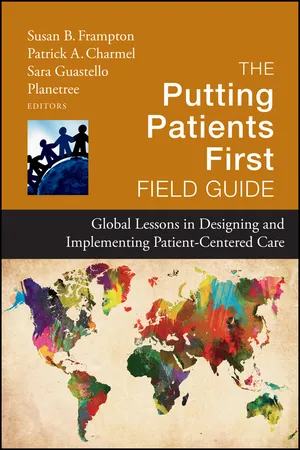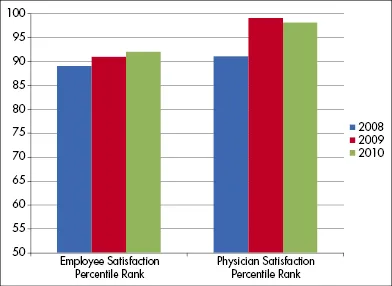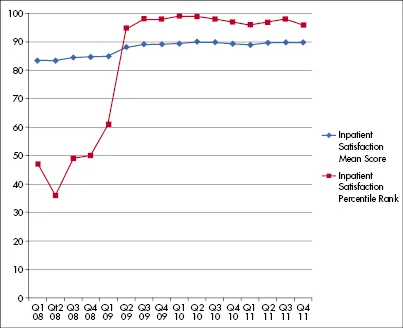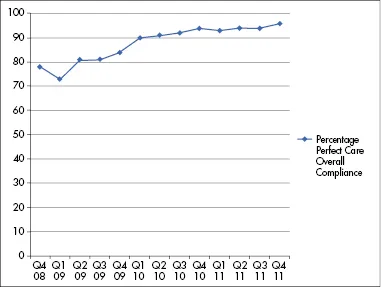
The Putting Patients First Field Guide
Global Lessons in Designing and Implementing Patient-Centered Care
- English
- ePUB (mobile friendly)
- Available on iOS & Android
The Putting Patients First Field Guide
Global Lessons in Designing and Implementing Patient-Centered Care
About This Book
"This book answers 'why not' and 'how to' for health care accreditation bodies, quality experts, and frontline professionals, moving the reader from timely information, to inspiration, and through patient-centered action with practical tools and potent case studies."
—Paul vanOstenberg, DDS, MS, vice president, Accreditation and Standards, Joint Commission International
"This superb guide from Planetree illustrates that providing high-quality, high-value, patient-centered health care is not a theoretical ideal. The case studies make clear that these goals are attainable; they are being achieved by leading health care organizations worldwide, and there is a clear road map for getting there—right here in this book."
—Susan Dentzer, senior policy adviser to the Robert Wood Johnson Foundation
"At IHI, we follow the principle, 'all teach, all learn'—the idea that everyone, everywhere has something to teach, and something to learn. This remarkable and indispensable guide is as pure an example of this principle as I've come across."
—Maureen Bisognano, president and chief executive officer, Institute for Healthcare Improvement
"The International Society for Quality in Health Care's mission is to inspire, promote, and support continuous improvement in the quality and safety of health care worldwide. It is in this spirit that we welcome this new book on patient-centered care. As in their previous work, the authors demonstrate just how critical it is to develop an organizational culture that puts patients first."
—Peter Carter, chief executive officer, International Society for Quality in Health Care
Frequently asked questions
Information
| Priority Focus Area | Patient- and Family-Centered Care Program Enhancements |
|---|---|
| Personalized patient education during hospitalization | Implementation of a television-based health information portal that converts the patient television into a computer and interactive patient education device. This program facilitates patient education and tracking as well as brings the Internet's resources and entertainment to the patient's fingertips. Implementation of the Health Information Ambassador Program to facilitate health information to the patient from the Consumer Health Library. |
| Discharge preparation and education | Implementation of a hospital-wide Care Partner Program to improve patient and family education and discharge preparation. |
| Increased access to patient health record through a shared medical record process | Creation of patient health record journal called My Health Record that allows the patient to access a summarized version of their daily medical record in order to increase patient and family participation and compliance in the care plan. |
| Consistent implementation of integrative medicine offerings | Increased the number of integrative healing offerings in order to obtain consistent implementation throughout all units. Modalities included:
|
| Improved parking | Complimentary discharge van service for patients (one guest is permitted per patient). Purchase of a seven-passenger, wheelchair-accessible van equipped with child-safety seats. |
- 2012 HealthExecNews World's Most Beautiful Hospital
- 2012 Becker's 100 Great Hospitals
- 2012 The Joint Commission Top Performer on Key Quality Measures
- 2011 The Union Tribune San Diego's Best Hospital
- 2011 Health Grades Outstanding Patient Experience Award
- 2011 Soliant Health Top 10 America's Most Beautiful Hospitals
- 2010 Morehead Apex Award
- 2010 Soliant Health America's Most Beautiful Hospital
- 2010 Press Ganey Inpatient Top Improver Award



The Value Equation
Table of contents
- Cover
- Title page
- Copyright page
- Tables and Figures
- Dedication
- Acknowledgments
- The Editors
- The Contributors
- Prologue
- Foreword
- Introduction: Patient-Centered Care Goes Global
- Part 1: Patient-Centered Care as a Fundamental Strategy for Achieving High-Quality, High-Value Care
- Part 2: Challenges and Solutions in Patient-Centered Care
- Part 3: Activating Stakeholders to Create Organizational Change
- Index